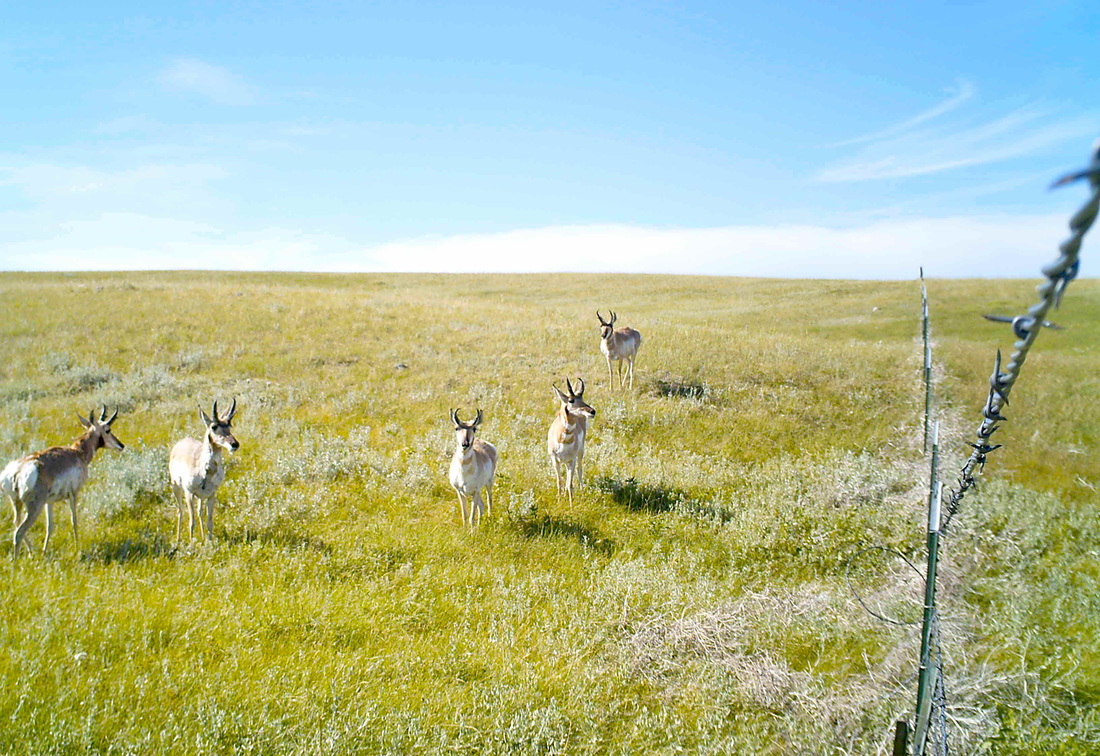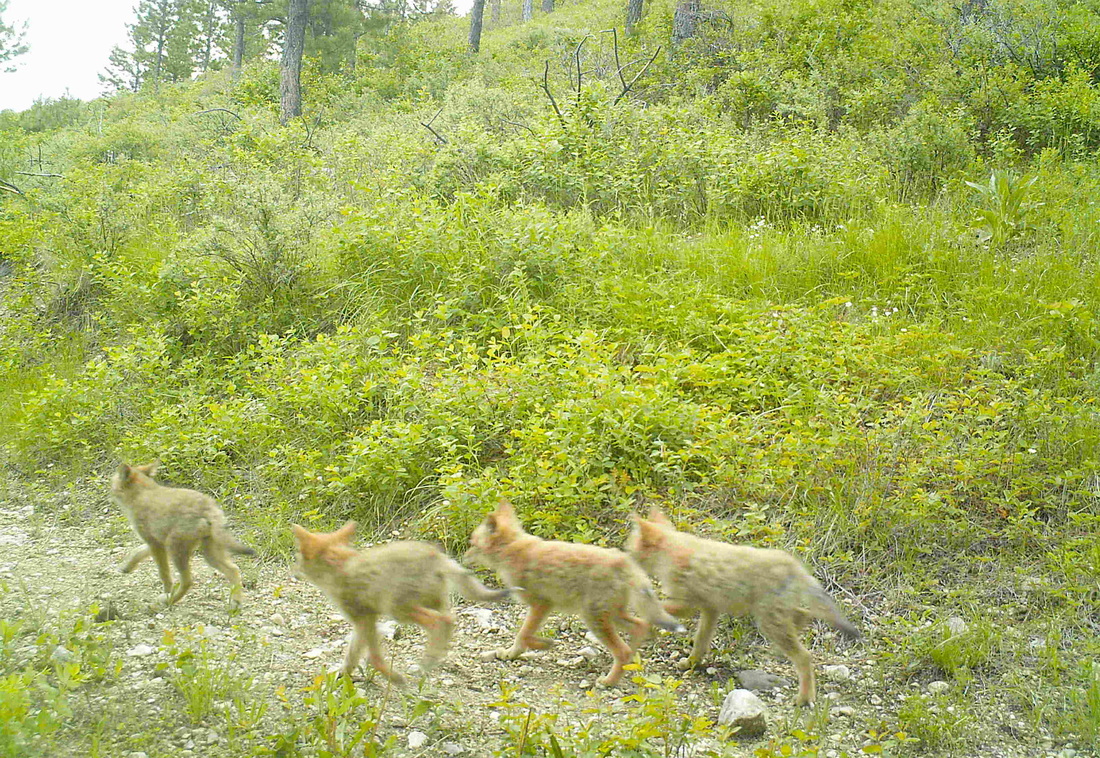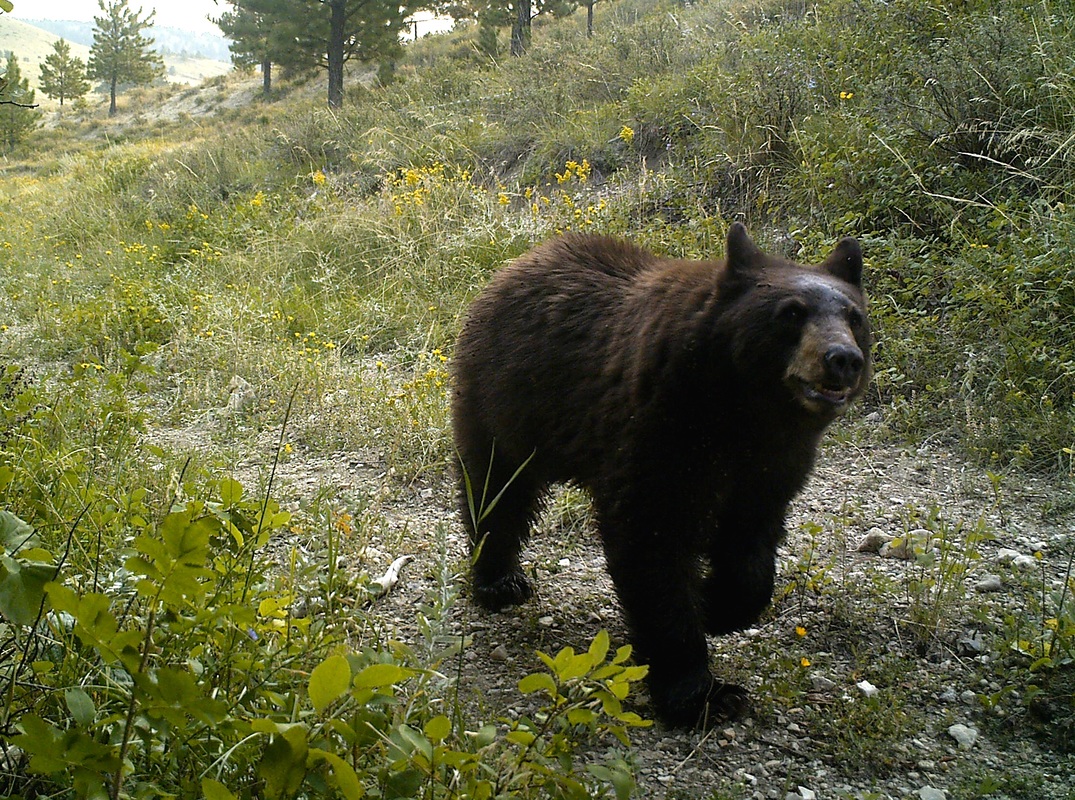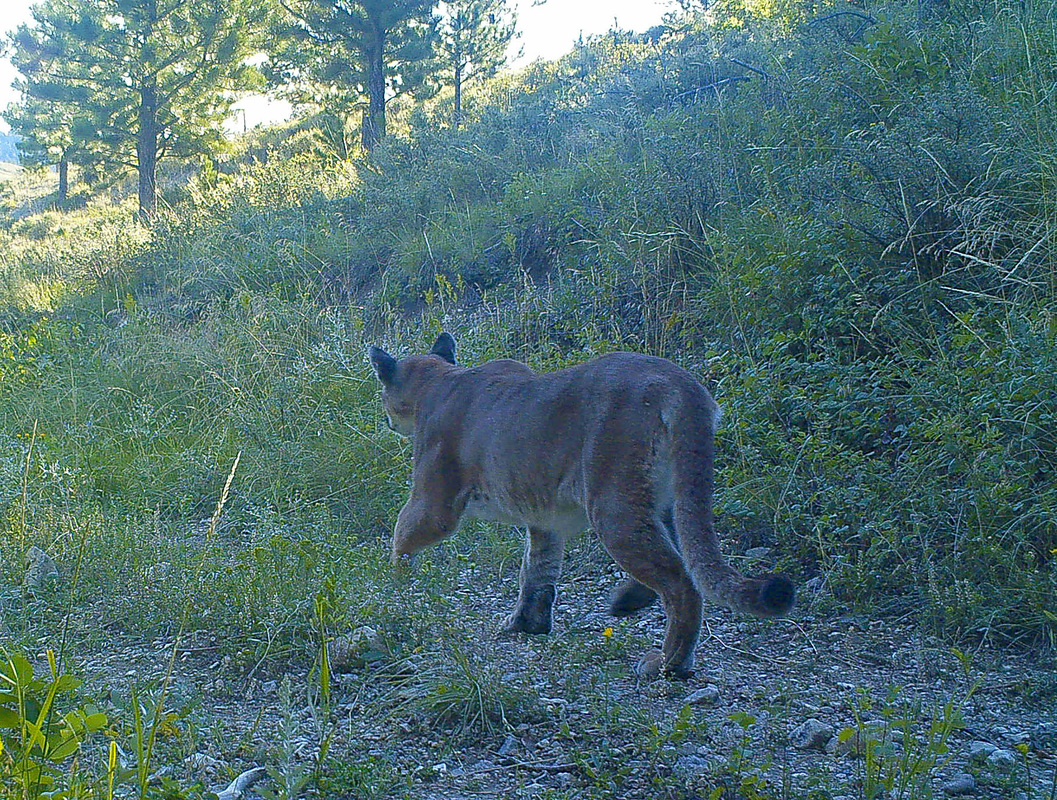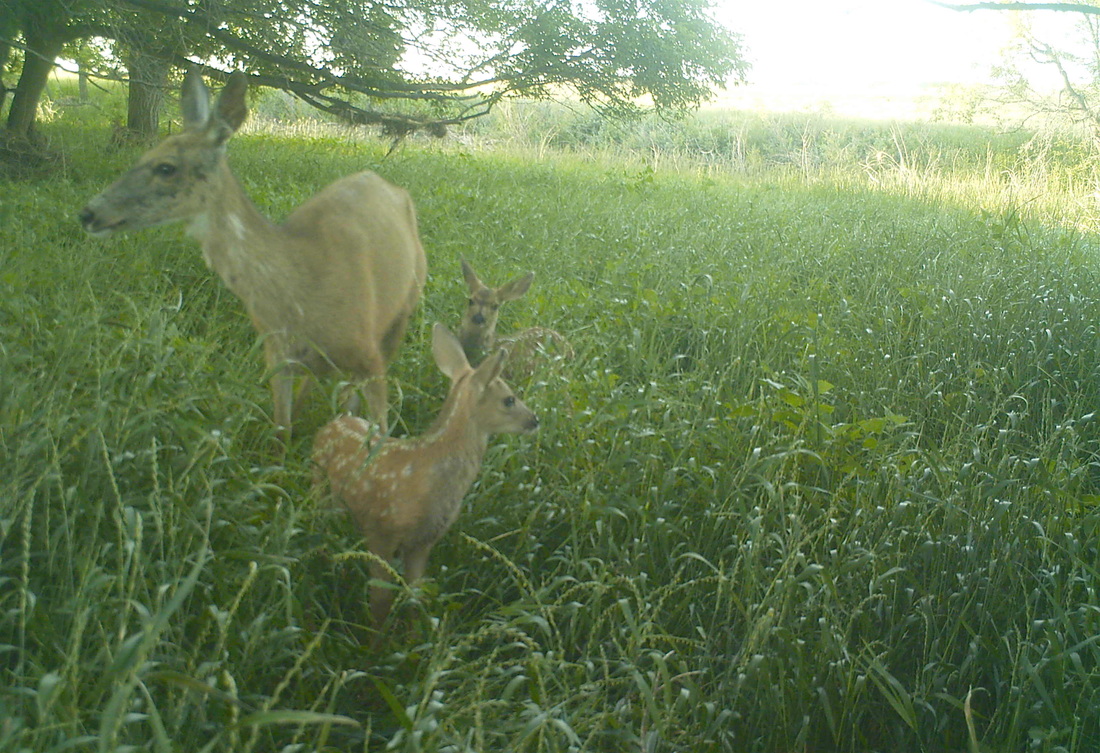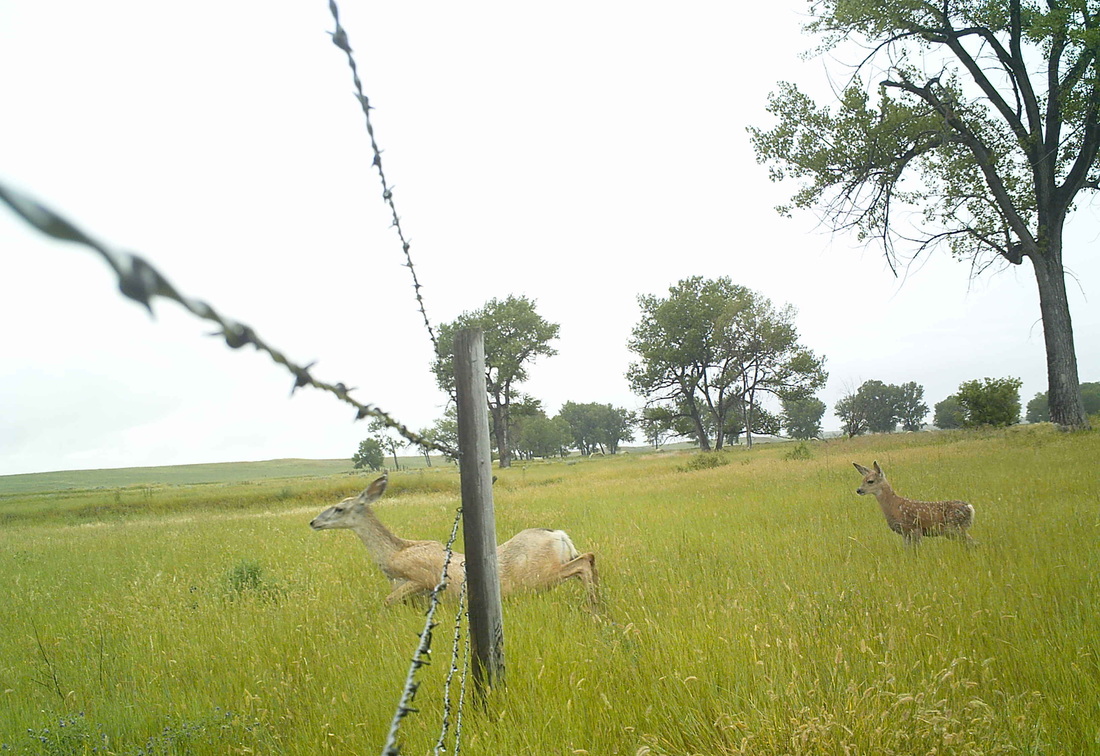By Josiane Segar
Landmark Crew Member
Landmark Crew Member
If one thing has been impressed upon me in my two summers of working at American Prairie Reserve, it’s that setting up a large-scale conservation initiative is a phenomenally tricky line of work; simply buying pieces of land is not enough. A fundamental principle of conservation science is based on the concept that wildlife is not static. On the Great Plains, the migratory patterns of many cervid and bird species can be hundreds of miles, and therefore biological corridors are a necessity if any organization wishes to ensure the long-term prosperity of their furry inhabitants. Working off the backbone of this intuitive principle, the Reserve, in collaboration with Landmark, have applied a multifaceted approach, not only to link core wilderness zones with ranches that surround their properties, but also to allow wildlife to pass uninterrupted between them.
The first component of this ambitious project is a unique enterprise called Wild Sky®, a beef brand owned by the American Prairie Reserve that provides financial incentives for local ranchers in the vicinity to practice wildlife-friendly ranching. This is made possible by marketing Wild Sky beef products to conservation-conscious consumers across the United States. The aim is to create safe spots for wildlife in and around the core Reserve, softening wildlife-human conflicts along the way — no mean feat.
One such measure of a healthy ecosystem is the presence of apex predators, and this is where Landmark comes in. Our team sets up camera traps on pledged ranches so that we might catch a glimpse of the elusive predators that inhabit these regions. In 2015, I had the privilege of establishing these traps on a Wild Sky ranch, and I have since been rewarded richly in the pixelated form of mountain lions, a black bear and coyotes.
Such sightings always have a profound impact on me, not only for the novelty of seeing such wild and magnificent creatures, but also because of what each photograph represents. Each photograph is a snapshot into a future where non-commodifiable wildlife is valued and allowed to coexist peacefully with humans in an environment that has not always been entirely receptive of them. Each photograph represents hope.
Landmark also has an associate part to play in the establishment of wildlife-friendly fencing. Fencing may seem like a rather mundane project, but it is surely just as important. Montana is a mosaic of land divided by thousands of miles of barbed wire fencing. It is this sharp, snaggle-toothed material that is thought to significantly impact the ability of many larger species in negotiating their journey across this ocean of sage and greasewood. I will never forget the moment I happened upon an elk skeleton, still fully intact, during a routine wildlife transect. It had become tangled up in barbed wire and had seemingly starved to death on the slopes of the butte it had been navigating. A visceral moment, it struck me how much difference simple measures can make in the lives of animal species even once they are living within the relative safety of a wildlife refuge. Barbed wires have gradually been replaced across the Reserve and, using camera traps, Landmark has spent the last three years examining changes to wildlife-fence interactions. Wildlife-friendly fencing is not only more elevated from the prairie floor, but includes a smooth bottom wire that makes for a more comfortable transition across property boundaries. They still act to contain cattle, but no longer at the exclusion of many other species that call the prairie their home.
It is such innovative projects that make working for Landmark and collaborating with the American Prairie Reserve so rewarding. I have felt the past two years that I have been at the forefront of conservation design and I look forward to the time when I can return to the kind of prairie that benefits wildlife as much as it has me.

